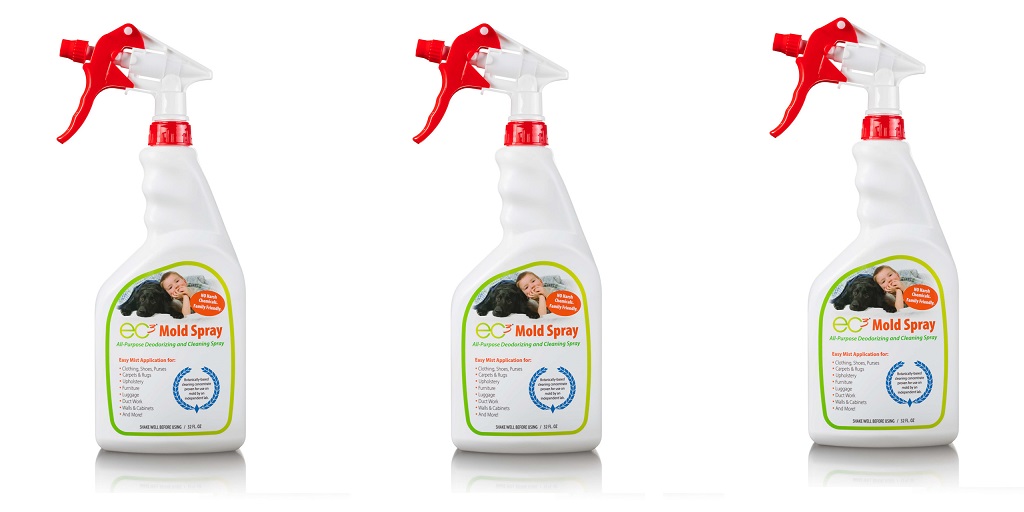Few things are more unsettling to a homeowner than finding mold where they live. Unfortunately, it’s an all-too-common issue in many households. In laundry rooms, especially, the combination of moisture, heat, and fabric can all contribute to mold growth.
If you’ve noticed that unmistakable musty smell or seen dark spots on your walls, appliances, or even laundry, don’t worry — you can take steps to clean it up and prevent it from coming back. Read on below for everything you need to know to address mold in your laundry room and keep your home safe and clean.
What Causes Mold in Laundry Rooms?
Damp environments are a magnet for mold. Laundry rooms, therefore, are practically a haven for it. Every time you wash clothes, moisture lingers in the air, especially if your dryer doesn’t ventilate properly. Dripping water, wet clothes, and the steam from hot water all contribute to creating a humid space where mold can flourish.
Poor ventilation is another major contributing factor to mold growth. If your laundry room doesn’t have an efficient way to circulate air, moisture can build up quickly. Small, enclosed laundry rooms without windows or exhaust fans are particularly susceptible to mold growth.
Finally, forgotten wet laundry can also cause mold to grow in your laundry room. Leaving wet clothes to sit in the washer for too long can cause mold and mildew to form in your machine. Eventually, it’ll spread to your walls, floors, and other surfaces in your laundry room.
How to Remove Mold from Your Laundry Room
Step 1: Identify the Source of the Mold
It’s important to figure out where the mold is coming from before cleaning. Common problem areas worth checking include the space around your washer and dryer, under laundry baskets, and behind large appliances. Things to look out for include discoloration, musty odors, or visible patches of mold.
Step 2: Clean and Disinfect Moldy Areas
Once you’ve located the mold, it’s time to get to cleaning. To protect yourself from its spores, you may want to wear gloves and a mask.
Using products specially designed to treat mold will always be better than any DIY solution. Micro Balance Health Products’ mold spray, EC3 Mold Solution Spray, is a natural botanical that makes use of citrus seed extracts and oils to treat mold on contact. This mold spray is safe for all materials and designed to treat mold and bacterial contamination on all hard and soft surfaces. Because it’s made out of all-natural ingredients, it’s nontoxic and safe for use in households where children or pets are present! It’s best when used on small patches of mold.
For larger mold patches or more severe mold, you might want to consider Micro Balance Health Products’ EC3 Sanitizer Fogger and Mold Solution Concentrate Bundle. The fogger allows you to cover larger areas. Please note, however, that it is not a replacement for professional mold remediation. If the mold in your laundry room covers more than 10 square feet or if it’s penetrating your walls or floors, it’s time to call in the experts.
Step 3: Deep Clean Your Washing Machine
If your washing machine has mold inside it, the mold can easily transfer to your clothes. Front-loading washers are particularly prone to mold buildup around the rubber gasket.
Using Micro Balance Health Products’ EC3 Laundry Additive isn’t just a great way to rinse away mold spores, bacteria, and musty odors from your clothes – it works a treat with your washing machine, too. All you need to do is add it to your rinse cycle or directly to the wash basin. Doing so will provide your washing machine with an extra deep clean.
Mold in your laundry room can be a headache, but with the right approach, you can tackle it and keep your laundry area mold-free. Following the steps above will help protect your home and keep your laundry space fresh and clean!
For more information about Air Purifying Candles and Nasal Spray For Fungal Sinusitis Please visit: Micro Balance Health Products.



